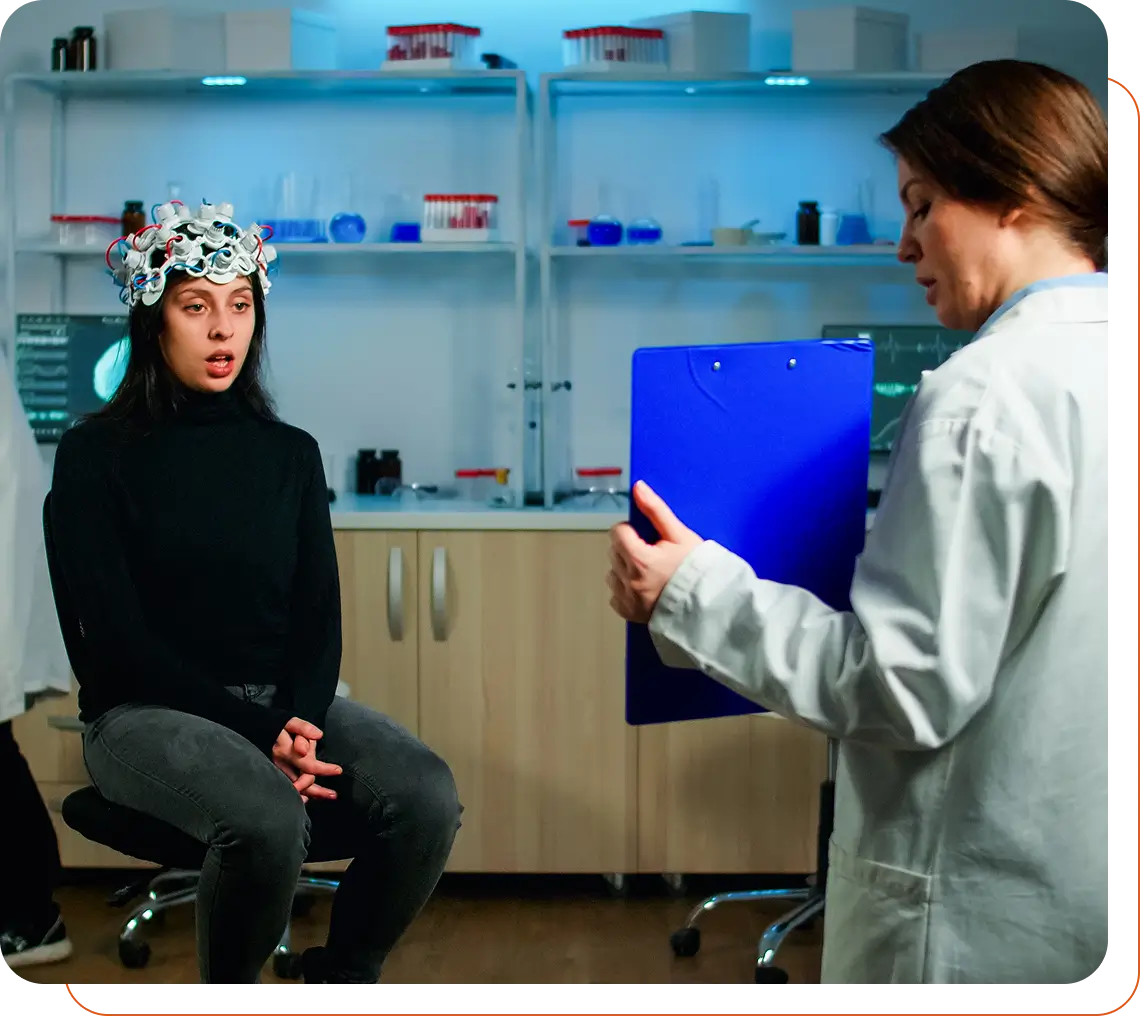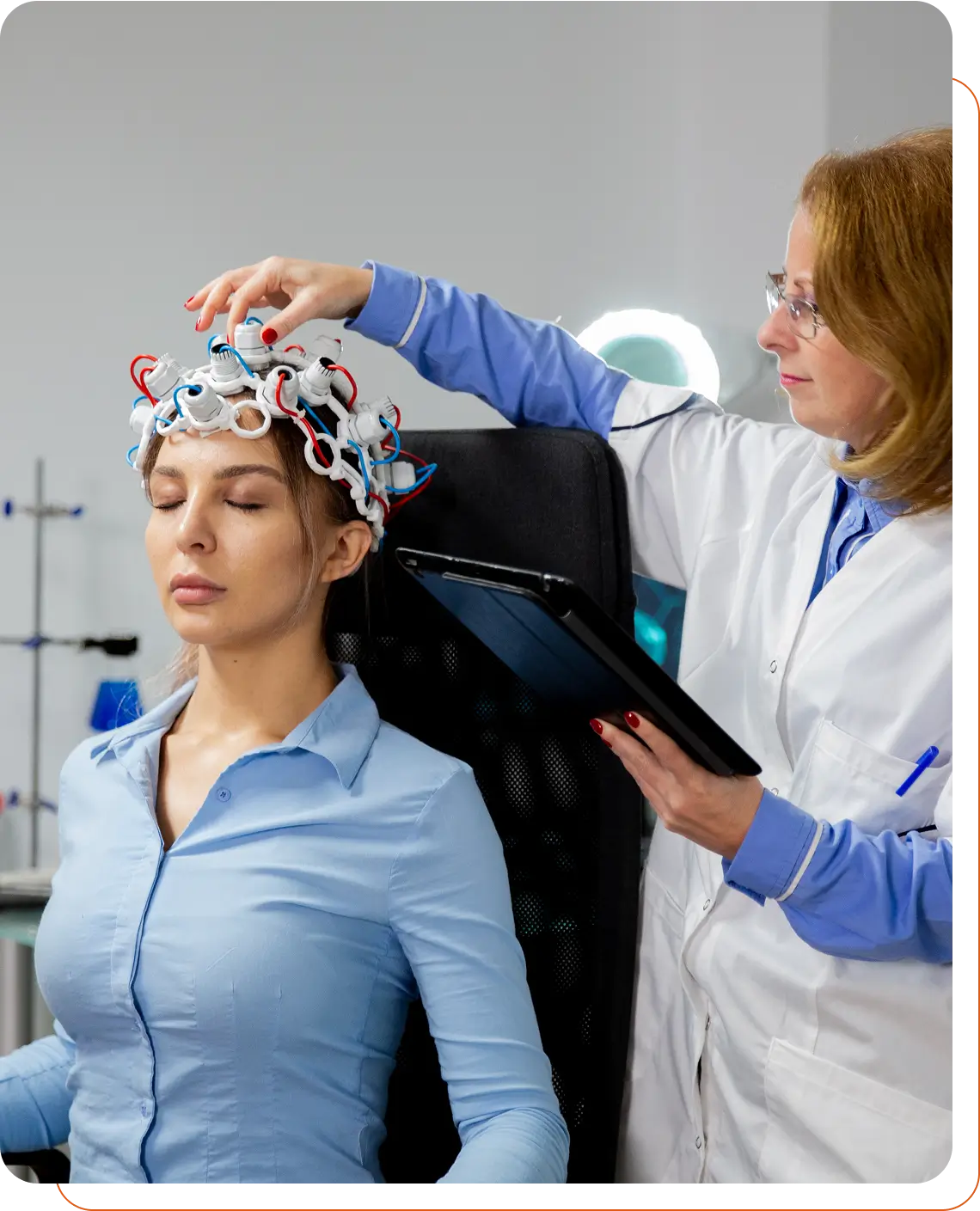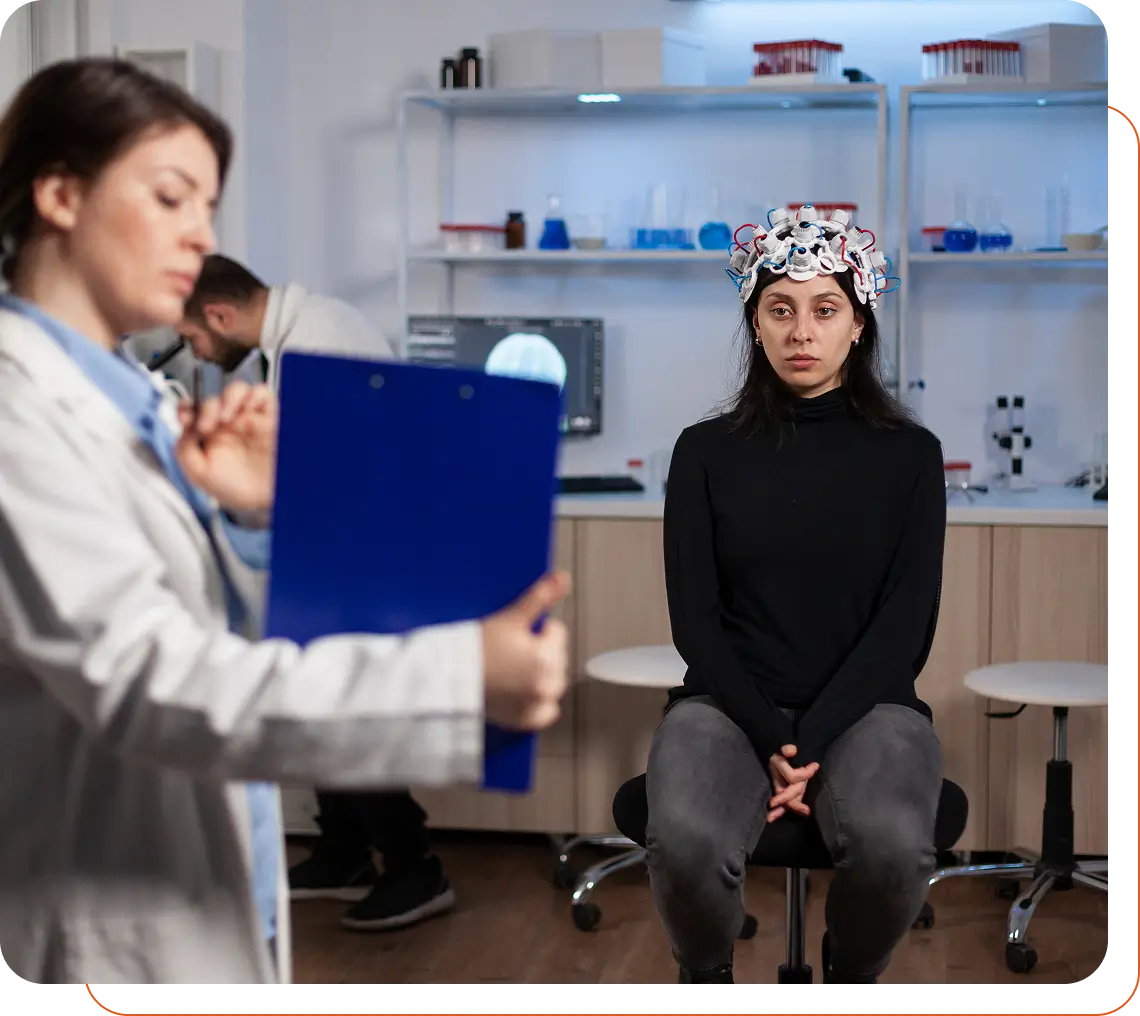EMDR

EMDR Therapy
Eye Movement Desensitization and Reprocessing (EMDR) is a psychotherapy technique and is primarily used to treat trauma-related conditions such as Post-Traumatic Stress Disorder (PTSD), anxiety, depression, and phobias. EMDR focuses on helping individuals reprocess traumatic memories to reduce their emotional impact and facilitate healing.
How It Works
Memory Reprocessing:
EMDR works by helping the brain reprocess distressing memories, shifting them from being emotionally charged to a more neutral state.
Bilateral Stimulation (BLS):
This is achieved through guided eye movements, tapping, or auditory tones, which activate both hemispheres of the brain and encourage integration of the traumatic memory.
Eight Phases
- Phase 1: History-taking and treatment planning.
- Phase 2: Preparation and stabilization, including relaxation techniques.
- Phase 3: Assessment of the target memory and identifying negative beliefs and emotions.
- Phase 4-7: Desensitization, installation of positive beliefs, body scanning for residual tension, and closure.
- Phase 8: Reevaluation of progress in subsequent sessions.


Benefits
- Reduces Emotional Distress: Alleviates the emotional intensity of traumatic memories.
- Improves Coping Mechanisms: Helps individuals develop healthier responses to triggers.
- Addresses Root Causes: Targets underlying traumas rather than just surface symptoms.
- Enhances Self-esteem: Replaces negative beliefs with positive ones.
- Quick Results: Many people experience relief in fewer sessions compared to traditional talk therapy.
Who Benefits
- Individuals with PTSD or trauma-related conditions.
- Those with anxiety, panic disorders, or phobias.
- People experiencing grief, depression, or unresolved childhood issues.
- Victims of abuse or neglect.
- First responders and military personnel exposed to traumatic events.


What to Expect Before and After
Before
- An initial consultation to discuss history and goals.
- Establishing a sense of safety and trust with the therapist.
- Learning coping techniques like deep breathing or mindfulness.
During
- Focus on a specific memory or negative belief.
- Bilateral stimulation is used while recalling the memory.
- Gradual desensitization to distress.
After
- You may feel tired or emotional after a session.
- Memories may continue to reprocess naturally between sessions.
- A follow-up to evaluate progress and adjust treatment
Frequently Asked Questions
Treatment duration varies. Some resolve issues in 6-12 sessions, while complex traumas may take longer.
No, EMDR does not involve hypnosis. You are fully awake and in control throughout.
No, EMDR doesn’t erase memories but helps reduce their emotional charge.
Yes, EMDR can be adapted for children and is effective in treating childhood trauma.
